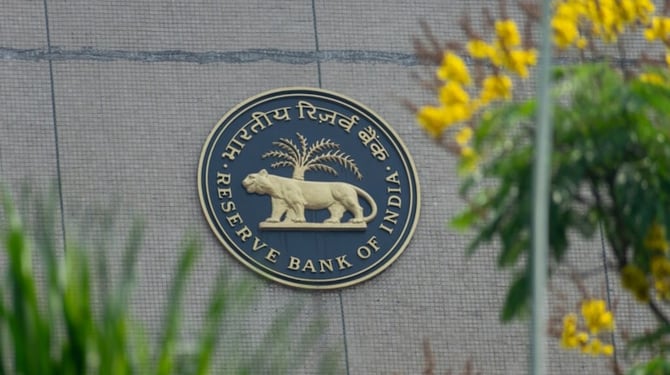India’s Inflation Dip Strengthens Case for RBI Easing

India’s headline inflation cooled sharply to 0.25% in October, well below forecasts of 0.48% and easing from 1.54% in September, signaling that the Reserve Bank of India (RBI) could have more room to loosen policy.
The decline came as falling food, fuel, and transport costs helped temper price pressures across the economy. The central bank, which left its benchmark policy rate unchanged at 5% last month, recently cut its full-year inflation forecast to 2.6% from 3.1% for the fiscal year ending March 2026.
A steep reduction in goods and services tax (GST) rates in late September, coupled with a favorable base effect, supported the slowdown in prices for essentials such as cereals, vegetables, and edible oils.
The RBI’s earlier 50-basis-point rate cut in June continues to filter through the system, and analysts expect that its impact will strengthen consumption in the coming months. The monetary authority has maintained a cautious tone, citing external risks and the possibility of growth moderation in the second half of fiscal 2026.
What Does This Mean for Me?
Meanwhile, India’s exporters remain under pressure following Washington’s decision in August to impose an additional 25% tariff on key imports, pushing total duties on some goods to 50%. The levies have strained India’s labor-intensive textiles, jewelry, and marine sectors, which together account for about 2% of GDP.
To offset the blow, New Delhi reduced GST on several goods to spur domestic demand ahead of the festive season. The move has underpinned demand in autos and jewelry, while sectors such as paints, footwear, and consumer staples continue to recover more gradually.
More News

OECD Warns AI and Tariffs Will Test the Global Economy

Zero Tariffs, Higher Drug Bills as US and UK Reset Pharma Trade

Catastrophe Bonds Go Global as Climate Risk Meets Yield Hunting
.webp)
Canada Shields Steel and Lumber Industries From Tariffs

Trump Drops Selected Tariffs in Response to Inflation Pressures

Tariffs on Mexico Test Nuevo Leon’s Industrial Momentum

US Moves to Ease Latin American Tariffs as Food Inflation Mounts
